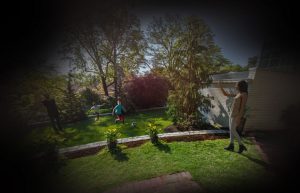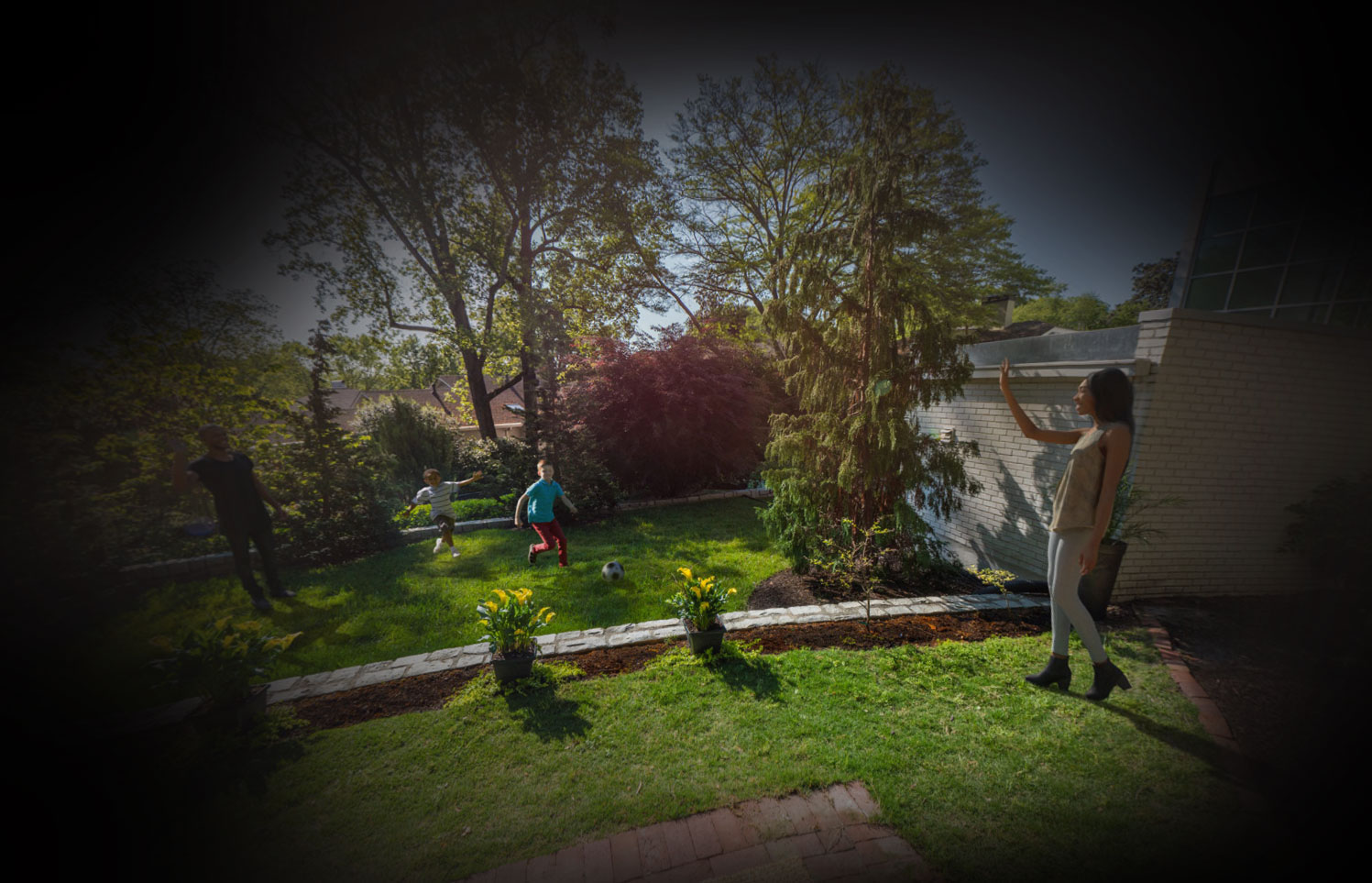 The visual field is the full area of what a person can visually see surrounding them. Visual field loss occurs when an individual experiences damage to any part of his or her visual pathway, which is the path that signals travel from the eye to the brain. There are many different causes of visual field loss, and the type of loss depends on what exact part of the pathway was damaged. Keep in mind that it also may not be a disease process, but a processing problem causing a temporary loss of the functional visual field. Regardless of the cause or type of the loss, the most common symptoms or signs of visual field loss is blurriness in one’s vision or complete loss (a blind spot) in one’s vision. However, in many cases, an individual is not even aware that he or she is experiencing visual field loss.
The visual field is the full area of what a person can visually see surrounding them. Visual field loss occurs when an individual experiences damage to any part of his or her visual pathway, which is the path that signals travel from the eye to the brain. There are many different causes of visual field loss, and the type of loss depends on what exact part of the pathway was damaged. Keep in mind that it also may not be a disease process, but a processing problem causing a temporary loss of the functional visual field. Regardless of the cause or type of the loss, the most common symptoms or signs of visual field loss is blurriness in one’s vision or complete loss (a blind spot) in one’s vision. However, in many cases, an individual is not even aware that he or she is experiencing visual field loss.
A child or adult can experience visual field loss when his or her retina, optic nerve or visual parts of the brain, including the occipital lobe, is damaged. The most common causes of damage to the retina or optic nerve of the eye include glaucoma, coloboma, a toxoplasma infection, tumors, and age-related macular degeneration. If any of these conditions damage the center of the retina (the macula), the individual will most likely experience blurred vision. If the outside of the retina is affected, but not the macula, the individual may not even notice the visual field loss at all.
Damage to the visual pathway of the brain can occur due to a variety of medical reasons, including a stroke, a traumatic brain injury, tumors in the brain or infections such as meningitis. In some cases of visual field loss, the damage occurred to the brain while the child was in the mother’s womb. The amount of loss a person experiences in his or her field of vision depends on what exact part of the brain’s visual pathway was affected.
There are multiple cues of visual field loss in both children and adults. If you or your child demonstrate any of the following symptoms, you should schedule a complete vision evaluation at Vision for Life:
- Has trouble driving
- Experiences blurred vision while watching television
- Experiences visual neglect, a disorder that prevents an individual from attending to stimuli on one side of vision (left or right)
- Frequently walks or runs into objects
- Has trouble scanning a page, thus experiences difficulty when reading
The health of your child’s vision or your own vision should never be ignored or neglected. At Vision for Life, we can properly evaluate and diagnose vision loss in both children and adults with a complete visual examination. Our developmental optometrist can examine an individual’s eyes for any possible signs of disease, as well as administer a vision field test to identify blind spots in your peripheral vision. Depending on the diagnosis, we will then choose the best treatment option for your child or yourself. For example, in some cases of visual field loss, a lens called a “prism” can be added to an eyeglass prescription to expand the field of view. However, in a majority of cases, vision therapy can help a patient regain some or all of their vision loss.
At Vision for Life, we work with both children and adults with various vision problems that may affect their ability to read, write, perform in sports or on the job. With our motto, “Improving Vision Today, Ensuring Success Tomorrow”, it’s our main goal to improve our patient’s lives. Call us or contact us here today to schedule a complete visual examination at 618-288-1489, and to get your vision back on track!
